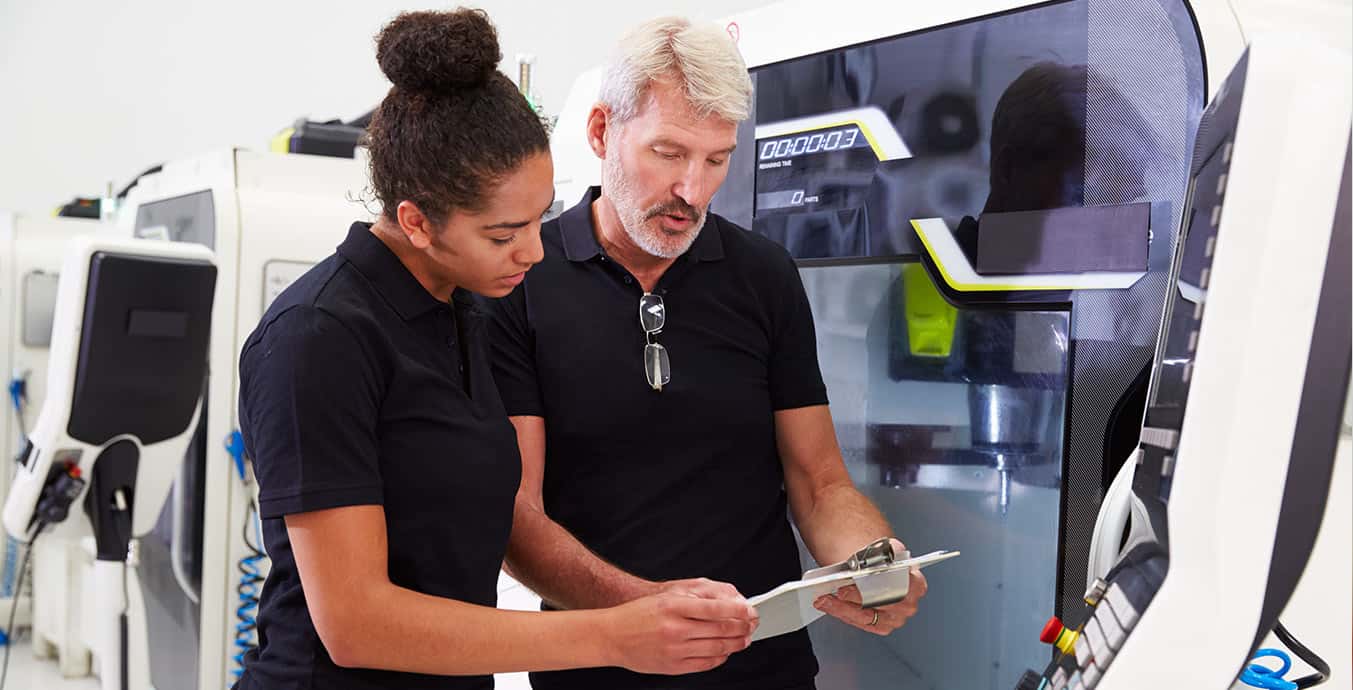
The life blood of every machining and metalworking operation is the coolant and lubrication system it uses. The mixture of coolant and lubricant feeding the equipment is stored in a reservoir or sump and drawn as required to keep systems running smoothly. Banks of multiple machines are often configured to pull lubricant and coolant from a central system or sump.
Coolant is essential in metalworking as it reduces operating temperatures, mitigating heat damage. Modern coolants for metalworking can be semi-synthetic or full synthetic and comprise a mixture of water combined with carefully selected chemical additives. These commonly including emulsifiers, oils, biocides and rust inhibitors.
The benefits of an effective coolant include extending the lifespan of equipment and the active service life of the fluid itself. However, over time coolant can change and its sought-after properties become less available. As a result, coolant requires regular monitoring to ensure it is still fit for purpose. Read on to find out more.
Coolants changing over time
Metalworking fluids like coolant endure continuous daily work in machining operations. Consequently, they are constantly subject to change.
When the central sump is primed with coolant, the required coolant mixture is created by mixing a concentrated product with water. As the machine works, the different proportions of the mixtures chemical components alter. Specifically, the amount of rust preventatives, biocides, and emulsifiers, decrease over time and with use. Simultaneously, the volume of dissolved solids in the coolant mixture increases over time, along with the level of fluid alkalinity and oil content.
Such changes can have a considerable impact on the relative proportions of the coolant concentrate and other ingredients in the formula, which can also have a severe effect on how machinery performs.
Concentration is key
For efficient and effective operational performance, the proportion of concentrated coolant concentrate to other additives is critical. If the proportion of concentrate is too high, companies can lose money by deploying excess product. Additionally, the cooling properties of the mixture are reduced, leading to a smokier operating process. When too highly concentrated, the fluid can be an irritant to operators. Both foam and residue build up and when nonferrous materials are involved in metalworking processes, they can become stained.
However, insufficient concentration is also an issue. Tool life can be adversely affected and the active service life of the mixture itself is shortened. Furthermore, the performance of both the biocides and rust inhibitors are compromised.
As a result, it always makes good sense to monitor coolant fluids often so that any chemical deficiencies can be quickly corrected. In some metalworking operations, this can mean daily checks and summary adjustments are crucial to safe and efficient lubrication.
Just how much coolant adjustment will be required for optimum performance is determined by machine running time and system size. A sump which serves a single machine typically requires a few ounces of concentrate to bring the fluid up to specifications. However, when a central system is in use, around a gallon of coolant may be necessary.
Does coolant monitoring take long?
It can take mere minutes to carry out certain coolant monitoring checks. For instance, tramp oil is a type of visual assessment. Dilution and pH tests can also be performed and recorded rapidly on site. A dipslide test can take slightly little longer for results as coolant samples are taken onsite, and then the dipslides are usually incubated at 30°C offsite in a monitoring service lab.
Dipslides are always incubated for a minimum of 48 hours to assess bacteria and a 72-hour period for moulds and yeasts. This incubation period makes certain that micro-bacterial growth that is quantifiable is possible.
To determine whether a coolant mixture requires adjustment, many sites employ an optical refractometer. A simple instrument, the refractometer, is designed on the principle of fluid optics and is recognised as the most effective concentration control device. The instrument efficiently measures the light-bending properties of fluids. With water-based fluids like coolant mixtures, higher concentrations will increase the angle of a beam of light being bent as it passes directly through the fluid. When users measure the bending of light, they can calculate precise fluid concentrations and maintain the correct dilution level. As a result, they will access possible performance from the coolant mixture and the machinery it serves.
Why coolant monitoring is critical
Here in the UK, the Control of Substances Hazardous to Health Regulations 2002, or COSHH for short, insists that employers carry our regular coolant monitoring checks for the protection of employees exposed to fluids required in metalworking operations. Applying COSHH ‘good control’ protocols can effectively minimise any risk to the wellbeing and health of operators.
However, maintaining metalworking fluids like coolants not only reduces the health and safety risks to operatives. Regular monitoring also helps to extend the lifespan of the coolant while improving manufacturing and product performance and effectively reduces waste disposal expenses for companies.








































